Industry information
Company News
- Punched aluminum veneer: the perfect combination of creativity and practicality!
- Carved aluminum veneer, an artistic embellishment in modern architecture
- Aluminum veneer customization, creating an art of exclusive space
- Unveiling Curtain Wall Aluminum Veneer: The New Fashion Favorite in the Architecture Industry
- The new trend of aluminum veneer, the new favorite of home decoration!
Industry dynamics
- High quality aluminum veneer customization makes your space more beautiful and practical
- Aluminum veneer: the fashionable "new favorite" in architecture
- Weather resistance of fluorocarbon exterior aluminum veneer
- Punched aluminum veneer: a small freshness in the aluminum industry
- Aluminum veneer: a perfect fusion of architectural aesthetics and pragmatism
Frequently asked questions
- What factors affect the production and sales of aluminum veneer?
- How to improve the product quality and performance of aluminum veneer?
- What conditions are required for the production of aluminum veneer?
- What is the sales market for aluminum veneer?
- What safety issues should be paid attention to in the production and manufacturing of aluminum veneer?
contact us
Mobile:+86 15627778610
Email: 2201229786
Address: No. 5 Binjiang Road, High tech Zone, Zhaoqing City, Guangdong Province
Is the innovative trend of aluminum veneer in architectural exterior design worth paying attention to?
- Author: Supreme Building Materials (Guangdong) Co., Ltd
- Release time: 2022-03-18 04:16:42
- Click:0

Aluminum veneer, as a new type of exterior wall decoration material, has good innovation and plasticity. The continuous innovation in the application and processing of aluminum veneer in architectural exterior design has brought more opportunities and possibilities for innovation and development to the construction industry. Is it worth paying attention to the innovative trend of aluminum veneer in architectural exterior design.
1、 Personalized design
With the improvement of people's living standards and changes in aesthetic concepts, personalization has become one of the important trends in modern architectural design. Aluminum veneer, as a customizable material, can meet the needs of different users and achieve more personalized design effects. For example, special treatments such as surface coatings and sunshades can be applied to aluminum veneers to achieve richer visual effects; Alternatively, by combining aluminum veneer with other materials, a more unique architectural appearance can be created.
2、 Intelligent design
With the continuous advancement of technology and the improvement of intelligence level, the application of aluminum veneer in building exterior design is becoming increasingly intelligent. For example, automatic adjustment of indoor temperature, humidity, and other functions can be achieved by combining aluminum veneer with sensors, controllers, and other devices; Alternatively, by combining aluminum veneer with other materials, a more intelligent architectural appearance can be achieved.
3、 Green and environmentally friendly design
With the continuous improvement of environmental awareness, green environmental protection has become one of the important trends in modern architectural design. Aluminum veneer, as a green and environmentally friendly material, has good energy-saving and environmental performance as well as circular economy. In architectural exterior design, the application and special treatment of aluminum veneer can achieve more efficient energy utilization and environmental protection.
4、 Conclusion
The innovative trend of aluminum veneer in architectural exterior design is worth paying attention to. By selecting and applying aluminum veneer materials that meet the corresponding requirements and standards in a reasonable manner, more innovation and development opportunities and possibilities can be brought to the construction industry. It is also necessary to select aluminum veneer products and service providers that are suitable for local characteristics based on actual situations and specific needs, in order to ensure the safety, stability, and aesthetics of buildings.

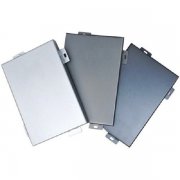
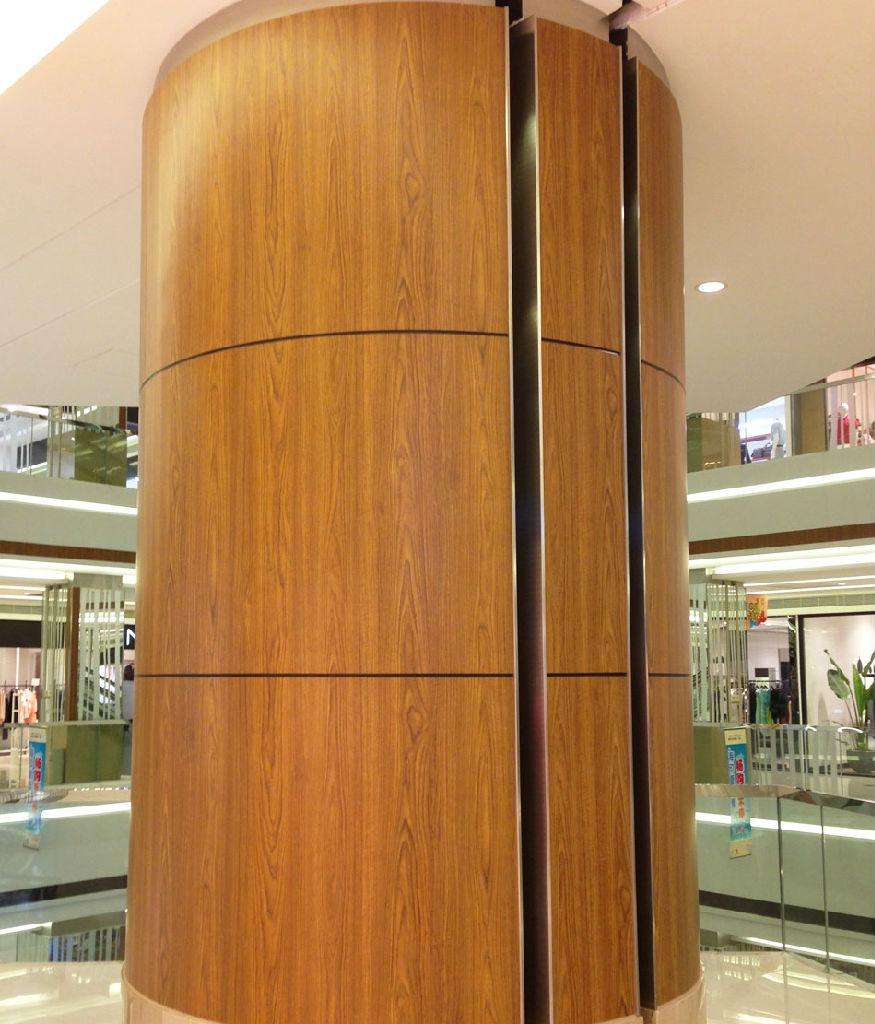
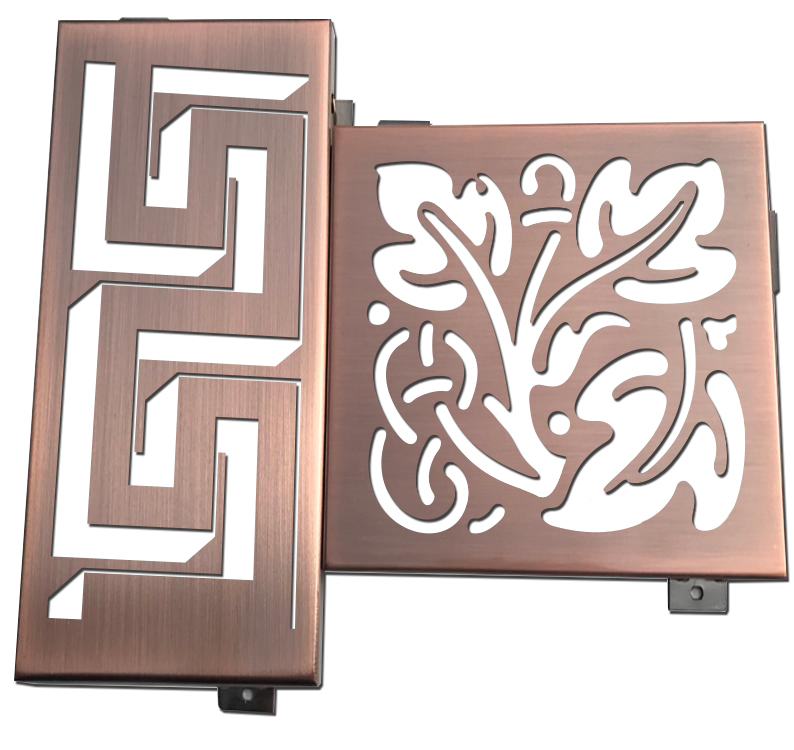
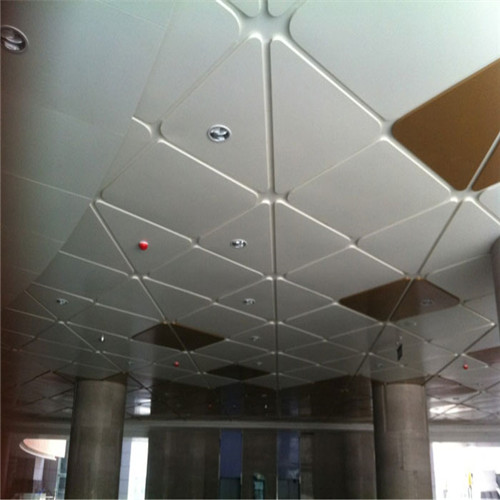
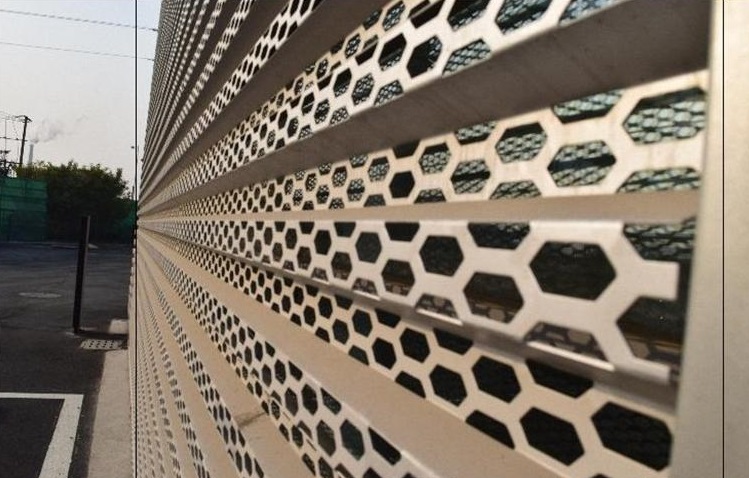
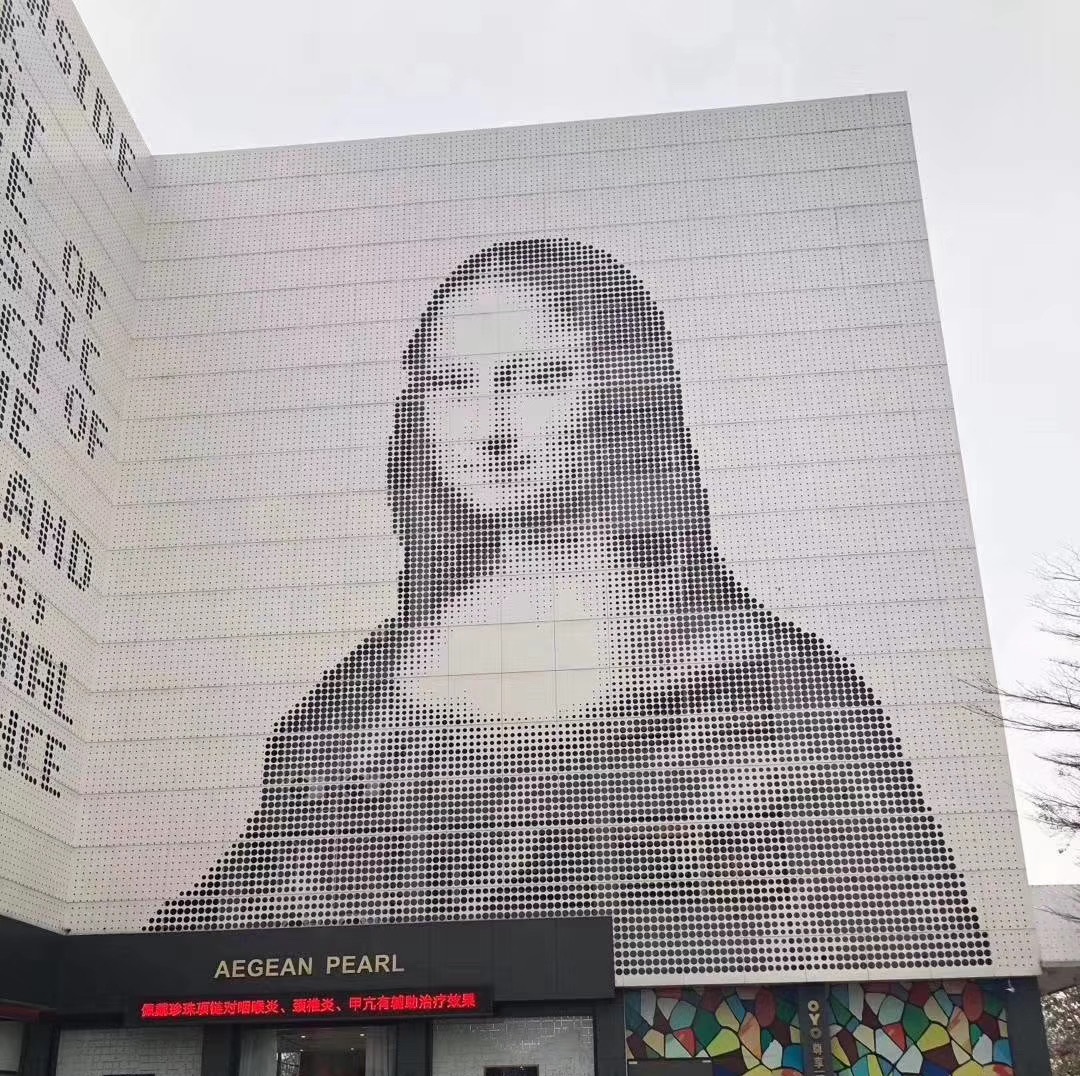
 Customer service QQ
Customer service QQ